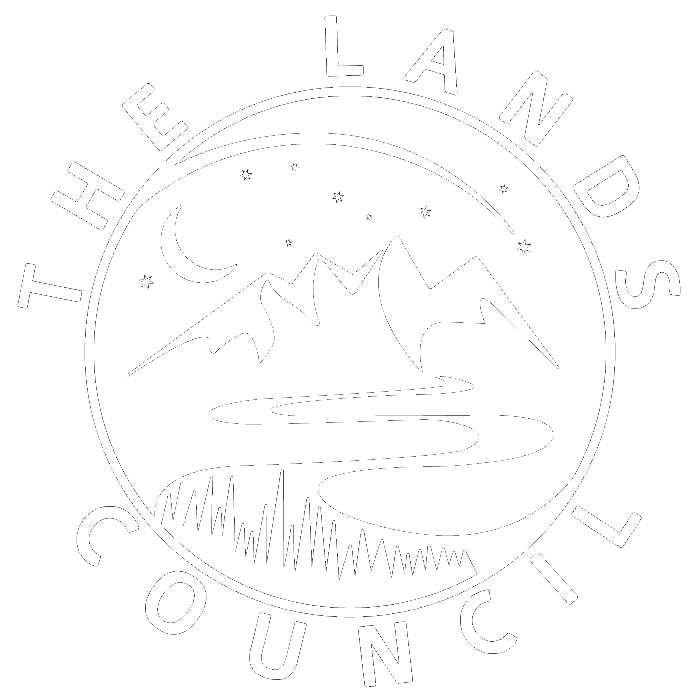Rivers shape the Pacific Northwest, flowing from snow-capped mountains and carving through rugged landscapes until reaching the wild Pacific Ocean.
The mighty Columbia and Snake rivers connect the entire Inland Northwest and have supported human and wild communities since time immemorial. Both rivers historically produced millions of salmon and steelhead, nourishing tribal communities for thousands of years and the white settlements who came later. Today, these rivers provide hydropower, irrigation, navigation, and recreation. However, since dam construction, 13 stocks of wild salmon and steelhead were listed as threatened and endangered under the Endangered Species Act and continue to decline. Businesses, families and communities who depend on these fisheries and the now flooded landscape for their food and livelihoods have been greatly impacted.
The Northwest has been engaged in a decades-long debate over how to restore the once prosperous recreation and fishing economies of the Columbia Basin by recovering fisheries and honoring tribal treaties and conservation laws. All attempts made by agencies to restore salmon populations to a river altered by four major federal dams have failed. Calls for restoring the lower Snake River continue to grow across the Northwest.
“I was around before the dams, fished and hunted down in the country. When the dams were built, it was a real shock to see things change dramatically in such a short amount of time. The bird hunting was phenomenal in the ‘60 and ‘70s. If the river was restored, people would really value that. I think our society would really appreciate what the river could become again.”

